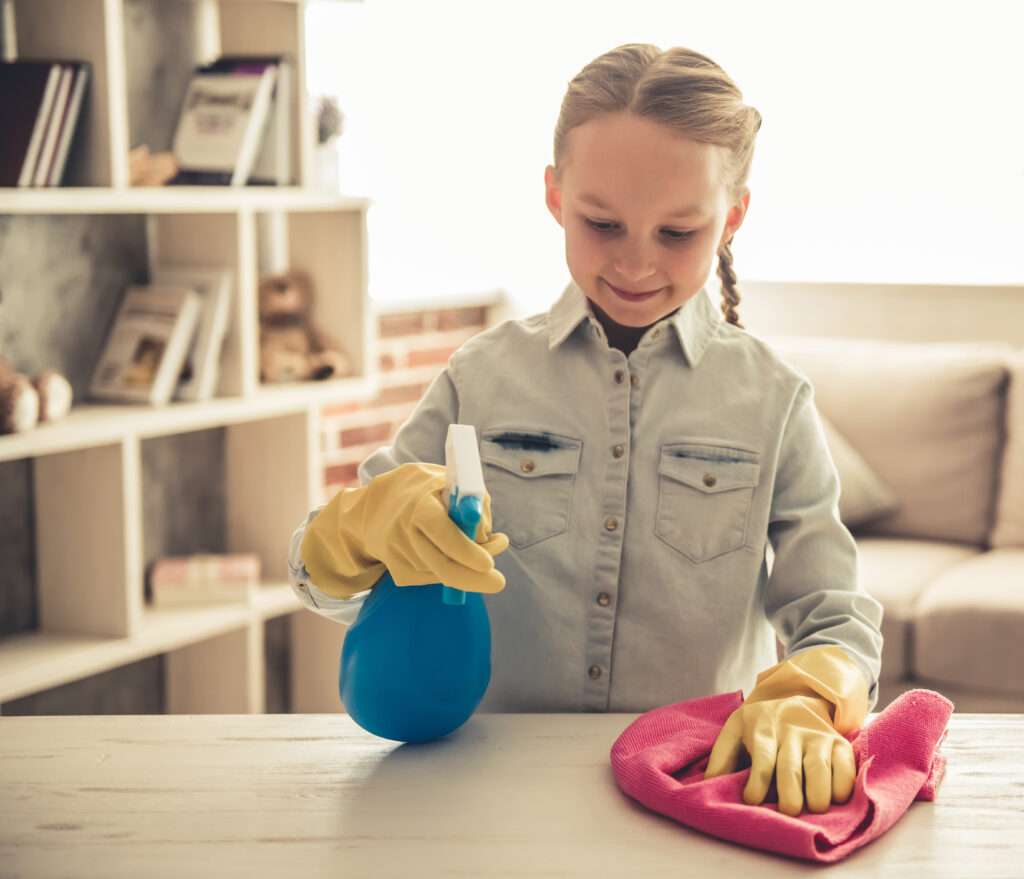Keeping your baby’s toys clean and disinfected is crucial for their health and well-being. Toys can accumulate dirt, germs and bacteria from various sources, such as coming into contact with the ground, saliva, or even other children. By regularly cleaning and disinfecting these items, you can reduce the risk of illness and ensure your baby has a safe environment in which to play and explore.
When it comes to cleaning and disinfecting baby toys, it is essential to use products that are gentle and safe for your child. Many household cleaners contain harsh chemicals that may be harmful to your baby or can cause allergic reactions. Instead, opt for natural, non-toxic alternatives that will effectively protect your child’s toys from germs, without causing any adverse side effects.
In this article, we will discuss the best methods for cleaning various types of baby toys, as well as how to properly disinfect them to ensure your little one’s playtime remains both enjoyable and healthy. By following these guidelines, you will be able to maintain the cleanliness of your child’s toys and provide them with a secure and hygienic play environment.
Cleaning and Sanitizing Materials
Choosing the Right Cleaning Agents
When it comes to cleaning baby toys, the choice of cleaning agents is of utmost importance. Here are some common cleaning agents to consider:
- Detergents: Mild dish soap or laundry detergent is often used to clean baby toys, especially for toys made from plastic, rubber, or fabric materials.
- Chlorine Bleach: A diluted solution of chlorine bleach can be an effective disinfectant for hard, non-porous surfaces. It is not recommended for use with fabric, wood, or porous toys.
- Alcohol: Alcohol wipes or a solution of at least 70% alcohol (isopropyl or ethyl alcohol) can also be used to sanitize surfaces. However, it may not be suitable for some materials, such as certain plastics or fabrics.
Best Practices for Using Disinfectants
To ensure proper sanitizing, follow these best practices when using disinfectants on baby toys:
- Dilute properly: If using bleach or hydrogen peroxide, follow the manufacturer’s instructions for proper dilution ratios. Typically, a ratio of 1:10 (1 cup bleach to 9 cups water) can be used as a disinfecting solution.
- Rinse thoroughly: After using a disinfectant wipe or solution, always rinse toys with clean water, especially for toys that will end up in your baby’s mouth.
- Air dry: Allow toys to air dry completely before giving them back to your child, as moisture can create an environment for bacteria to grow.
- Follow manufacturer’s instructions: Adhere to the specific cleaning and sanitizing guidelines provided by the toy manufacturer to prevent damage to the toy.
Alternative Natural Cleaning Solutions
Should you prefer to avoid chemicals, there are also natural cleaning solutions available for sanitizing baby toys:
- Vinegar: A solution of equal parts white vinegar and water can be an effective and gentle cleaning agent for many baby toys.
- Hydrogen peroxide: A 3% hydrogen peroxide solution can be used as a natural disinfectant and is suitable for many toys, particularly hard surfaces.
- Steam: High-temperature steam can also be used to clean and sanitize toys, and this can be achieved through the use of a dishwasher (if the toy is dishwasher-safe) or a steam cleaner.
Keep in mind that cleaning and sanitizing your baby’s toys regularly is essential to ensure a healthy and safe environment for your child.
Methodical Cleaning Processes
Cleaning Non-Electronic Toys
Plastic toys and wooden toys can be easily cleaned with soap and water. To disinfect them, follow these simple steps:
- Fill a basin with warm, soapy water and immerse the toys.
- Use a soft brush to scrub away any grime.
- Rinse the toys under running water to remove soap residue.
- Fill another basin with a sanitizing solution. (1-part bleach and 9-parts water)
- Soak the toys for about 1-2 minutes, then remove and air-dry.
For wooden baby toys, avoid soaking them. Instead, use a cloth to wipe them with the sanitizing solution to prevent damage.
Sanitizing Stuffed Animals and Cloth Toys
To sanitize stuffed animals and plush toys, use the following method:
- Place the toys in a pillowcase or mesh bag to protect them during washing.
- Put the bag in the washing machine on a gentle cycle with warm water and mild detergent.
- After the cycle is complete, remove the toys and air-dry or use a hair dryer on low heat.
Note: Always check the care labels on stuffed animals and cloth toys before washing. Some may require hand-washing or spot-cleaning.
Special Instructions for Electronic Toys
For electronic toys that cannot be immersed in water, follow these steps:
- Remove batteries if possible.
- Use a damp cloth with mild soap to clean the toy’s exterior.
- For small crevices, use a cotton swab or soft brush.
- To sanitize, wipe the toy with a disinfecting wipe or cloth dampened with a sanitizing solution (1-part bleach and 9-parts water).
Make sure the toy is completely dry before re-inserting batteries.
Dealing with Bath Toys and Preventing Mold
Bath toys are prone to mold due to their constant exposure to water. To clean and disinfect them, follow these steps:
- Mix equal parts white vinegar and water in a basin.
- Soak the bath toys for 30 minutes.
- Scrub any visible mold with a brush.
- Rinse the toys under running water.
To prevent mold growth in the future, consider storing bath toys in a mesh bag or a well-ventilated area to allow them to dry completely between uses. Squeeze out excess water from toys that hold water, such as rubber ducks and squeeze toys, after each use.

